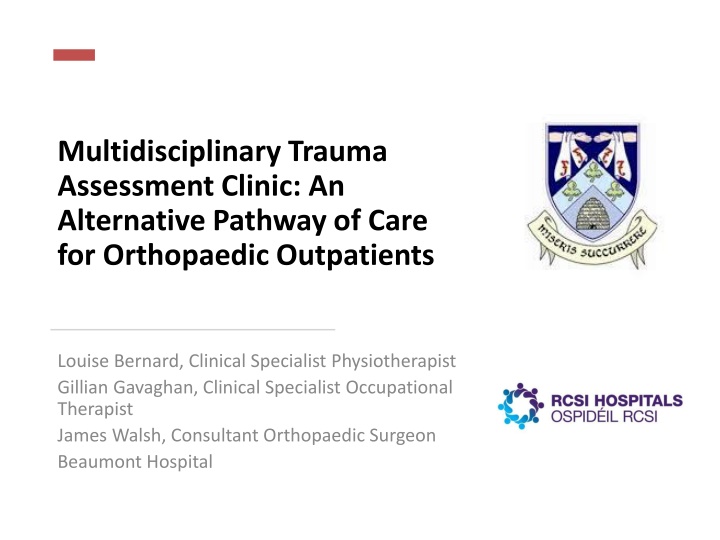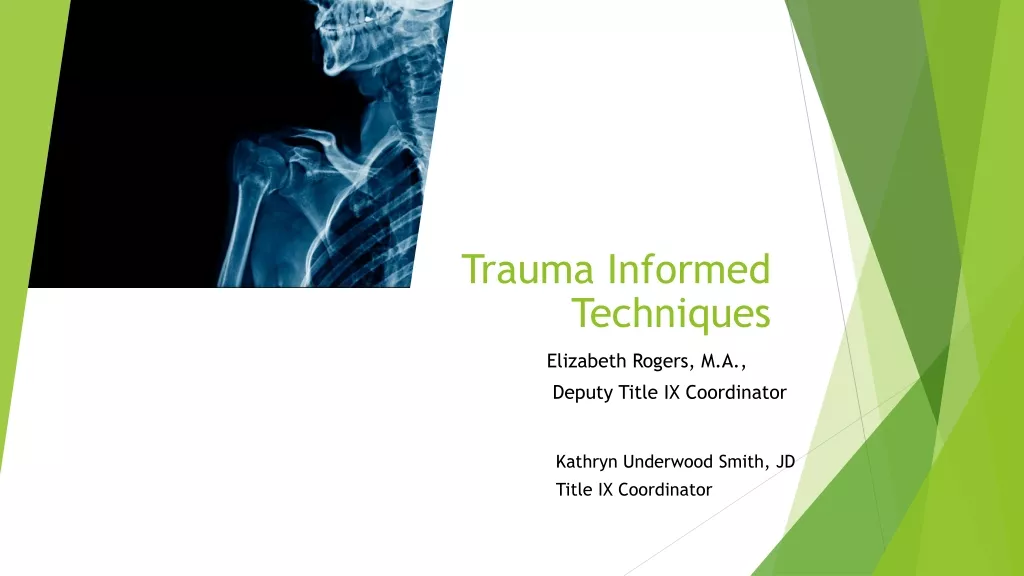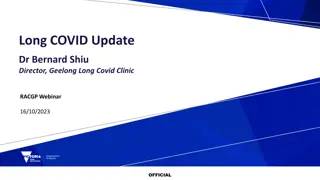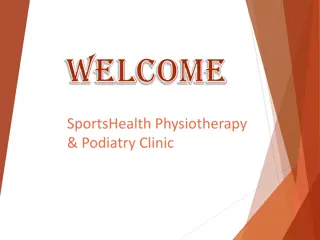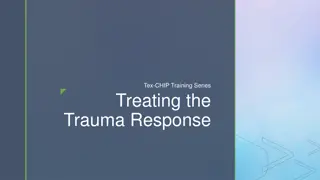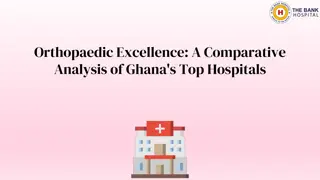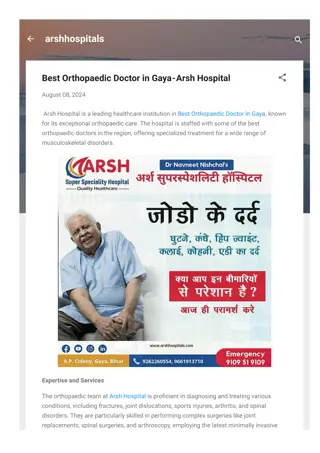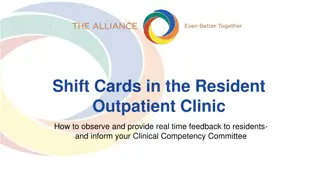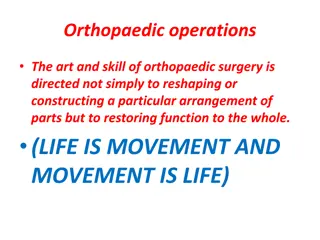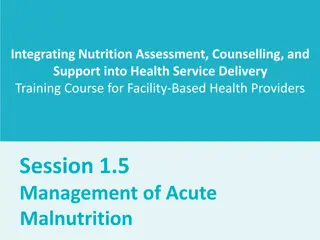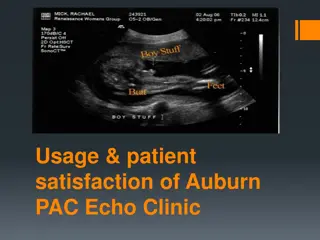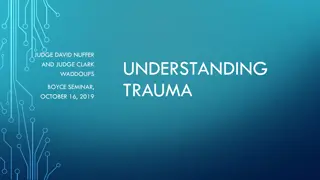Multidisciplinary Trauma Assessment Clinic: Enhancing Orthopaedic Outpatient Care
The Multidisciplinary Trauma Assessment Clinic (TAC) offers an alternative pathway of care for orthopaedic outpatients, reducing waiting times, streamlining patient flow, and enhancing outcomes. Through a Quality Improvement Initiative utilizing the PDSA cycle, the TAC team has effectively reduced unnecessary steps in patient journeys and provided early access to therapy, resulting in high patient satisfaction rates and significant time and cost savings for the hospital. By gradually scaling up TAC, the clinic has efficiently managed referrals, leading to a notable decrease in unnecessary imaging and a high rate of patients being assessed within 5 days. The initiative has proven to be a sustainable and efficient model of care, benefitting both patients and the healthcare service.
Uploaded on Oct 10, 2024 | 1 Views
Download Presentation

Please find below an Image/Link to download the presentation.
The content on the website is provided AS IS for your information and personal use only. It may not be sold, licensed, or shared on other websites without obtaining consent from the author.If you encounter any issues during the download, it is possible that the publisher has removed the file from their server.
You are allowed to download the files provided on this website for personal or commercial use, subject to the condition that they are used lawfully. All files are the property of their respective owners.
The content on the website is provided AS IS for your information and personal use only. It may not be sold, licensed, or shared on other websites without obtaining consent from the author.
E N D
Presentation Transcript
Multidisciplinary Trauma Assessment Clinic: An Alternative Pathway of Care for Orthopaedic Outpatients Louise Bernard, Clinical Specialist Physiotherapist Gillian Gavaghan, Clinical Specialist Occupational Therapist James Walsh, Consultant Orthopaedic Surgeon Beaumont Hospital
Quality Improvement Initiative The PDSA cycle was utilised. The TAC team consists of: Orthopaedic Consultant Orthopaedic Registrar/SHO Clinical Specialist Physiotherapist Clinical Specialist OT TAC commenced in July 2020 and was slowly scaled up. Background Orthopaedic clinics are overcrowded, leading to lengthy waiting times. Existing pathways of care in fracture clinics involve 3.6 appointments on average per patient (HSE, 2015). The multidisciplinary TAC is a virtual fracture clinic that is safe, cost- effective and associated with high levels of patient satisfaction (O Reilly & Sheehan, 2020). Aim of TAC Enhance patient outcomes Reduce the number of patients attending OPD clinics Improve patient flow Reduce waiting times Decrease the use of unnecessary imaging Month 1: TAC once/week Month 3: TAC twice/week Month 6: TAC 3 times/week Month 7: TAC 4 times/week Month 8: TAC 5 times/week
Results July 2020 - Dec 2021: 1463 referrals to TAC. 42% (n=614) of all TAC referrals were discharged to Physiotherapy/OT instead of attending fracture clinic. Only 9% (n=55) of these referrals required further orthopaedic input. 93% of referrals to OT/Physiotherapy were assessed within 5 days of TAC. TAC Outcomes Patient Satisfaction Questionnaire Outcomes 120% 97% 97% 14% 96% 93% 100% 88% 80% 60% 28% 58% 40% 11% 20% 7% 4% 3% 3% 1% 0% Orthopaedic Clinic D/C to Physio D/C to OT Satified with time to access service Satisfied with alternative pathway Confidence in Assessment Satisfied with skill of therapist Would engage with TAC again Strongly Agree Agree Neither Agree nor disagree
Value to Patients and Service Sustainment TAC is more convenient and efficient for patients by: reducing wait times reducing unnecessary steps in the patient journey providing early access to therapy TAC has resulted in significant time and cost- savings to the hospital with an estimated 2,030 clinic appointments and x-rays saved to date. The gradual introduction of TAC allowed for ongoing evaluation and development to maximise the success and sustainment of this change initiative. 0.5WTE staffing for a Clinical Specialist Physiotherapist and Occupational Therapist were initially approved temporarily for TAC and are now awaiting permanent approval.
